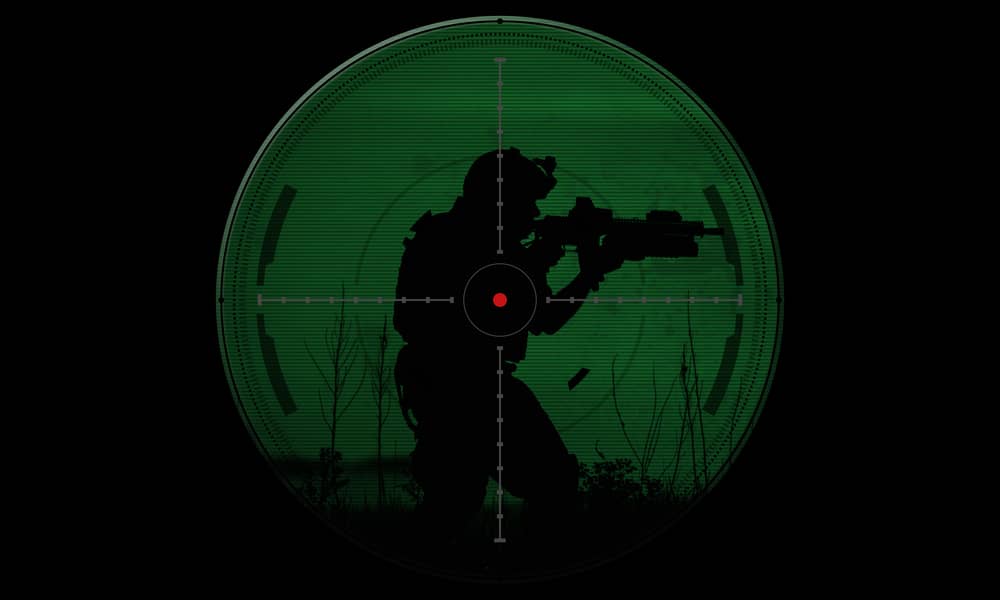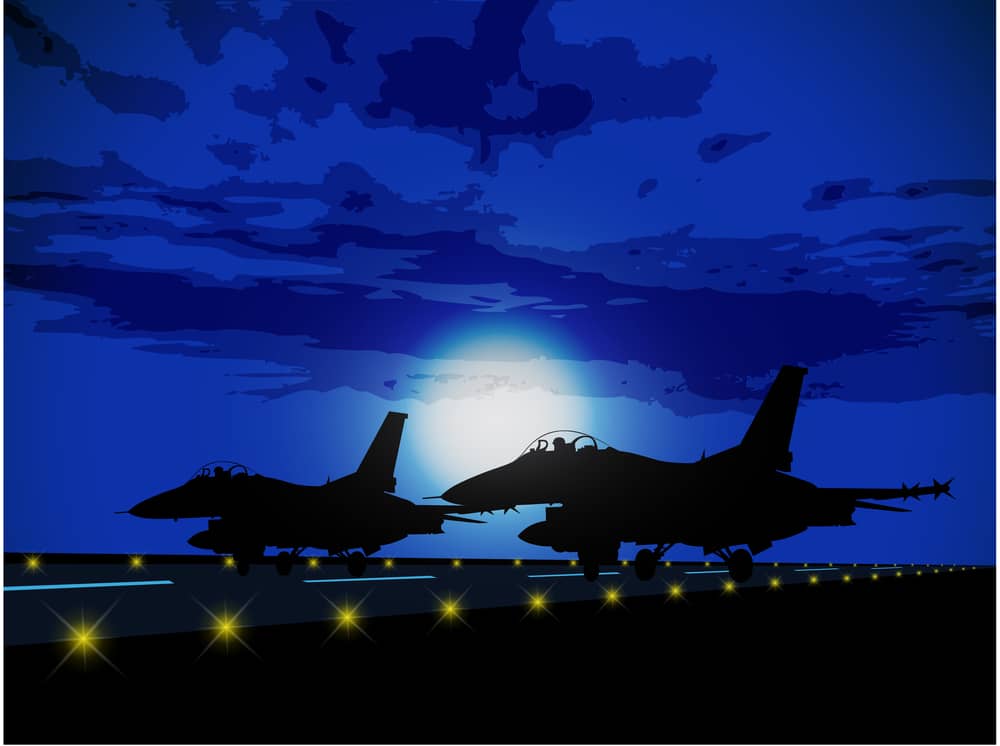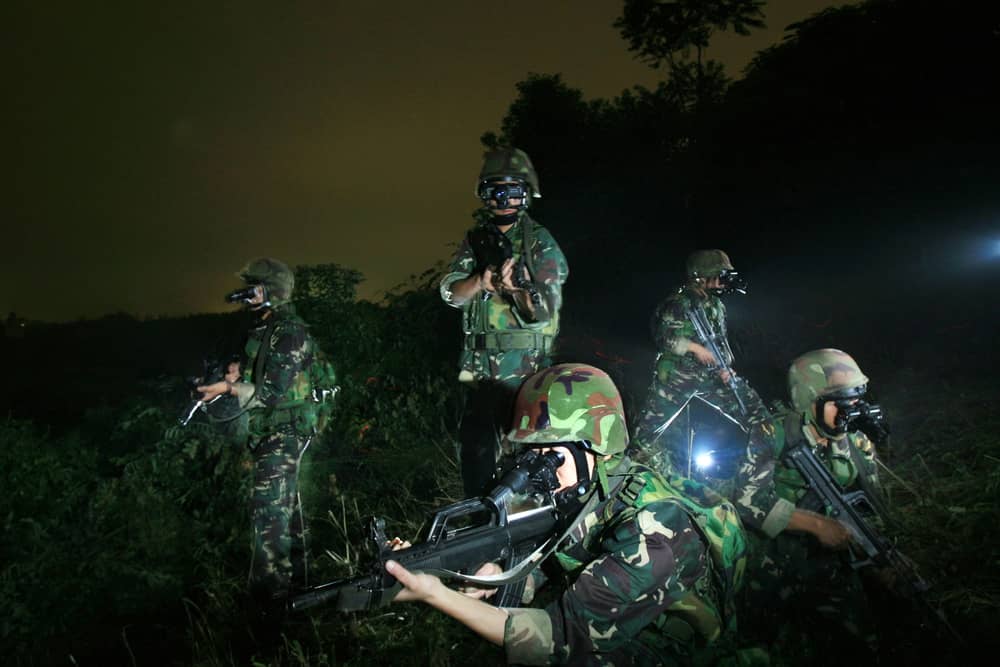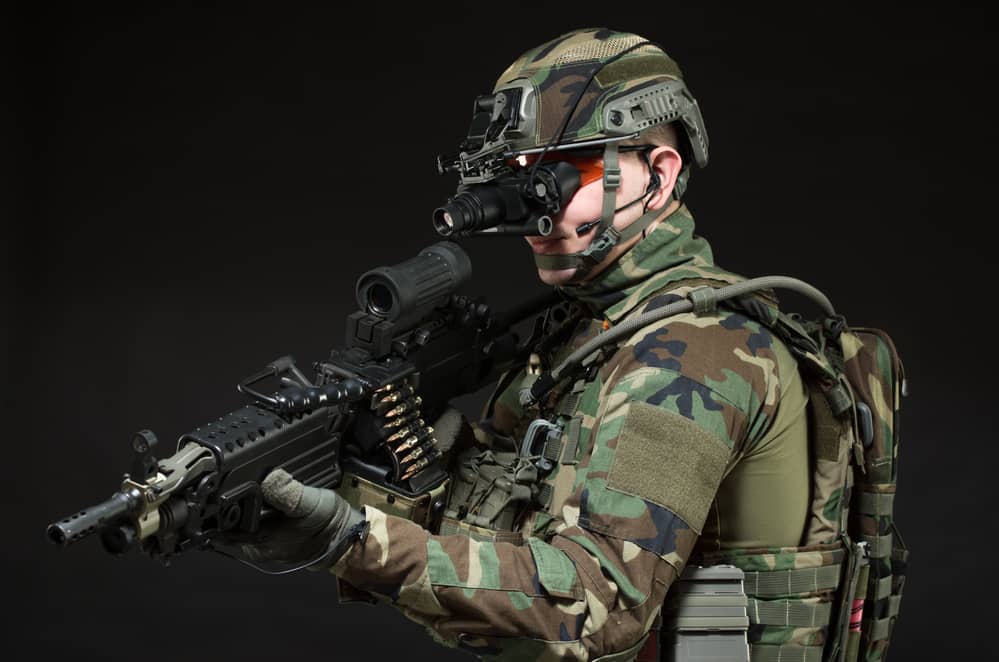Since the emergence of night vision devices (NVD) and night vision goggles (NVG) in the aviation industry, flying has never been the same. But even though these tools greatly enhance aircraft operations and safety, having the best night vision for flying goes beyond merely owning these tools.
In the right hands, these game-changing devices can do so much more than enhance visibility. Aside from expanding operational hours, NVGs can bolster pilots’ and aircraft operators’ situational awareness—especially advantageous in situations where split-second decisions and split-hair maneuvers can mean life and death.
Whether you are a seasoned aircraft operator looking for upgrades or a beginner pilot learning the ropes, here are 3 must-haves to achieve the best night vision for flying.
Knowledge of the bigger picture
Just like mastering any tool, it is only when you appreciate the origins and inner workings of NVGs that you gain a deeper understanding of how it has revolutionized aviation as we currently know it.
Since its use in World War II, night vision devices have come a long way—from being exclusively used in wartime contexts to being a staple in civil aviation. So, in discovering the best night vision for flying, it is important to first shed light on how NVGs have evolved and its fundamental principles that make night vision possible.
When NVGs were first used
Night vision devices were initially only present in handheld night telescopes and weapon-mounted telescopic sights. Since they needed to be manually operated, it meant these devices could only be leveraged by ground forces.

Given the tactical advantage of NVDs mitigating the risk in darkness and unfamiliar terrain, it was inevitable that the appetite to develop a hands-free alternative grew. This is why in the 1970s, the first binocular helmet-mounted displays (HMDs) were introduced to the US troops. Back then, this was the best night vision for flying since it provided a passive tactical advantage to its users, letting them see in the dark with both hands-free.
These second-generation image intensifiers were aptly named ANVIS or aviator’s night vision imaging system. Even up to present applications, the best night vision for flying is but technological enhancements of this initial prototype.
How NVGs level the playing field
Now that we have a brief context on the beginnings of night vision goggles, it is important to know how these devices work their magic in giving pilots the best night vision for flying.
To understand night vision, we must first understand how light enables visibility. Photons are basically the fundamental particles of light. And unlike during daytime, there are far fewer photons when it is dark—resulting in little to no visibility.
So, how do NVGs work in these photon-averse environments? In a nutshell, night vision devices are designed to convert a single photon into an electron, which it then multiplies thousands of times through battery power.
These multiplied electrons are then transferred visually using a phosphor screen, displaying an “intensified image,” which is what NVG users use to experience the best night vision for flying, search and rescue, and nighttime surveillance.
Training & experience
As much as NVGs are hands-free, convenient tools, they are not plug-and-play devices that one can readily use from the get-go. Aside from having a fundamental understanding of how NVGs work, achieving the best night vision for flying requires professional training and specialized supervision.

Piloting an aircraft is already a challenging task. Darkness only magnifies this difficulty.
Aside from the visual handicaps in the dark, such as a reduction in the field of view and altered perception of depth and colors, there is also the biological factor of nighttime operations going against our body’s natural circadian rhythm.
So, to be able to fully harness NVGs, here are some pointers on how training with NVG flight instructors can set you up for the best night vision for flying.
Practical knowledge transfer & hands-on training
While theoretical knowledge is important, nothing beats learning from actual NVG flight instructors who know the ins and outs of making the best night vision for flying possible. These seasoned pilots can provide insights based on practical experience, all the while teaching you the dos and don’ts of NVGs.
Pilots and aircrew need comprehensive training programs that cover not only basic operations but also advanced techniques tailored to their specific missions. This training teaches lifesaving aviation skills like obstacle avoidance and proper navigation.
More importantly, professional NVG flight instructors are equipped with industry knowledge on how to deal with and overcome environmental curveballs, such as fog, sand, or rain—which are must-have knowledge before you fly in the dark.
Lastly, if there is anyone who knows what a beginner pilot needs to master the best night vision for flying, it would be an NVG flight instructor. These professionals are trained to give you as many opportunities as you can get to gain well-rounded knowledge and a boost in confidence to fly and operate in the dark using the wonders of NVGs.
Safety & compliance instructions
With the added complexities in nighttime aviation, training with expert NVG flight instructors arms you with best-practice procedures for the best night vision for flying. Ultimately, legal standards are imposed to ensure the safety of pilots, so being acquainted with these aviation rules and regulations is essential.
Given the differences in aviation regulations per region and the strict compliance required for aircraft, knowing the legal standards will not only ensure you fly without infracting these rules, it also adds a layer of safety to your operations.
Realistic expectations of what NVGs can bring
There is a wide range of night vision systems, and each presents its own pros and cons in aviation. Doing your due diligence in researching, evaluating, and assessing which would work best for your unique situation is a major step in achieving the best night vision for flying.
While knowledge and training can make a night and day difference in how NVGs can get you ahead, using the right kind of night vision device is half the battle. Whether you prefer green or white phosphor, wide field or foveated vision, or other customizations of NVGs, the right kind of night vision goggles will make all the difference.

Remember, the tool and the right knowledge are your keys to unlocking the best night vision for flying. Taking time to understand the technology, day-to-day applications, and its unique features in low-light environments helps pilots make the most out of these night vision devices.
In summary
In conclusion, achieving the best night vision for flying hinges on a foundation of theoretical knowledge, research, and hands-on training. NVGs have revolutionized aviation by letting pilots fly safely even well after dark hours, but realizing their full potential requires a commitment to continuous learning, practice, and staying updated with the latest advancements.
While night vision goggles can help you operate in the dark, it is only with proper knowledge and technique you can achieve the best night vision for flying, where you get bolstered safety, operational efficiency, and mission success.
In the fast-evolving world of aviation, achieving the best night vision for flying is an ongoing journey. By prioritizing training, conducting research, and expanding knowledge, aviation professionals and beginners alike can enjoy the full benefits of NVGs and experience the best night vision for flying.

